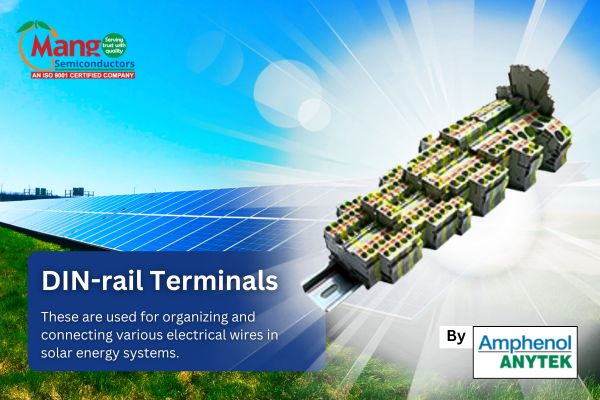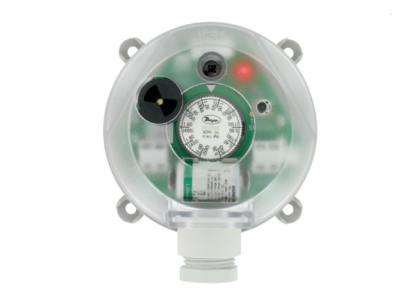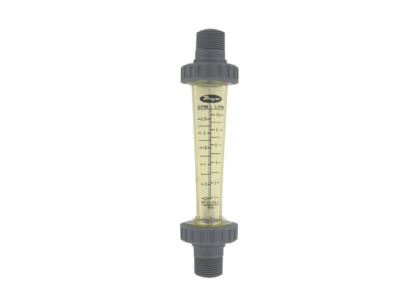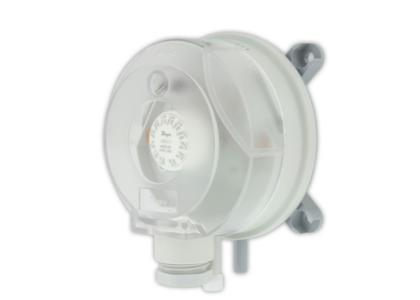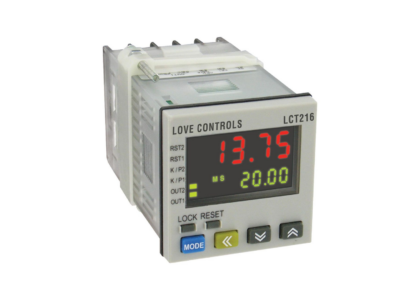In modern industrial and electrical systems, organization and efficiency are essential. DIN Rail Terminals are key components that help achieve this by simplifying the wiring and organization of complex control panels. These standardized, modular terminal blocks can be mounted on DIN rails to provide a secure and easily accessible connection point for electrical wires. This blog will cover the types, benefits, and applications of DIN rail terminals and explain why they are indispensable in industrial automation and control.
What Are DIN Rail Terminals?
DIN rail terminals (or DIN rail terminal blocks) are modular connectors that attach to DIN rails (a standard metal rail mounting system) within electrical enclosures. These terminals serve as connection points for electrical wiring, providing a safe and organized way to connect multiple circuits in control systems, distribution panels, and other electrical setups. Developed to conform to international standards, Din Rail Terminals offer a uniform method for component mounting, which simplifies wiring and maintenance.
Key Features of DIN Rail Terminals
- Standardized Mounting: Designed to fit onto DIN rails, which come in standard sizes (such as TS35 or TS15), these terminals are easy to install, rearrange, or replace.
- Modularity: DIN rail terminals are modular, allowing them to be added or removed based on system requirements. This flexibility supports easy customization and expansion.
- Secure Connections: Many DIN rail terminals include features like screw clamps, spring clamps, or push-in connections, ensuring a reliable and vibration-resistant connection.
- Labeling and Color-Coding: Many terminals are color-coded or labeled, simplifying wire identification and reducing the risk of errors during installation or maintenance.
- Protection Against Overload: Some DIN rail terminals come with built-in fuses or disconnects to protect circuits from overload or short circuits.
Types of DIN Rail Terminals
- Screw Clamp Terminals: These terminals use screws to secure wires, providing a strong, reliable connection. They are commonly used in applications where vibration is minimal.
- Spring Clamp Terminals: Spring clamps provide a quick, tool-free connection, making them ideal for high-vibration environments or applications where frequent reconnections are needed.
- Push-In Terminals: These terminals allow users to push wires directly into the block, securing them with internal spring mechanisms. Push-in terminals are fast and easy to use, often requiring minimal effort.
- Grounding Terminals: Grounding terminals provide a secure path to ground and are essential in preventing electrical faults and ensuring system safety.
- Fuse Terminals: Fuse terminals integrate fuses within the block to protect circuits from overloads. They’re frequently used in applications where additional circuit protection is necessary.
- Disconnect or Knife Disconnect Terminals: These terminals allow for quick circuit disconnection, ideal for testing or isolating parts of a circuit for maintenance.
- Multi-Level Terminals: Multi-level terminals provide two or more connection levels within a single terminal block, saving space and reducing the need for additional blocks in complex wiring setups.
Benefits of Using DIN Rail Terminals
- Improved Organization and Space Efficiency: DIN rail terminals keep wiring neat and organized, optimizing space within control panels and enclosures.
- Easy Maintenance and Troubleshooting: Modular design and clear labeling simplify troubleshooting, making it easy to isolate and test individual circuits or replace faulty connections.
- Enhanced Safety and Reliability: By securely housing connections within insulated blocks, DIN rail terminals reduce the risk of short circuits, electrical faults, and accidental contact.
- Scalability for Future Expansion: DIN rail terminals make it easy to add new connections without disrupting existing wiring, supporting the modular expansion of electrical systems.
- Reduced Installation Time: With quick-connection options like push-in or spring clamps, DIN rail terminals can significantly speed up installation time, especially in large-scale setups.
